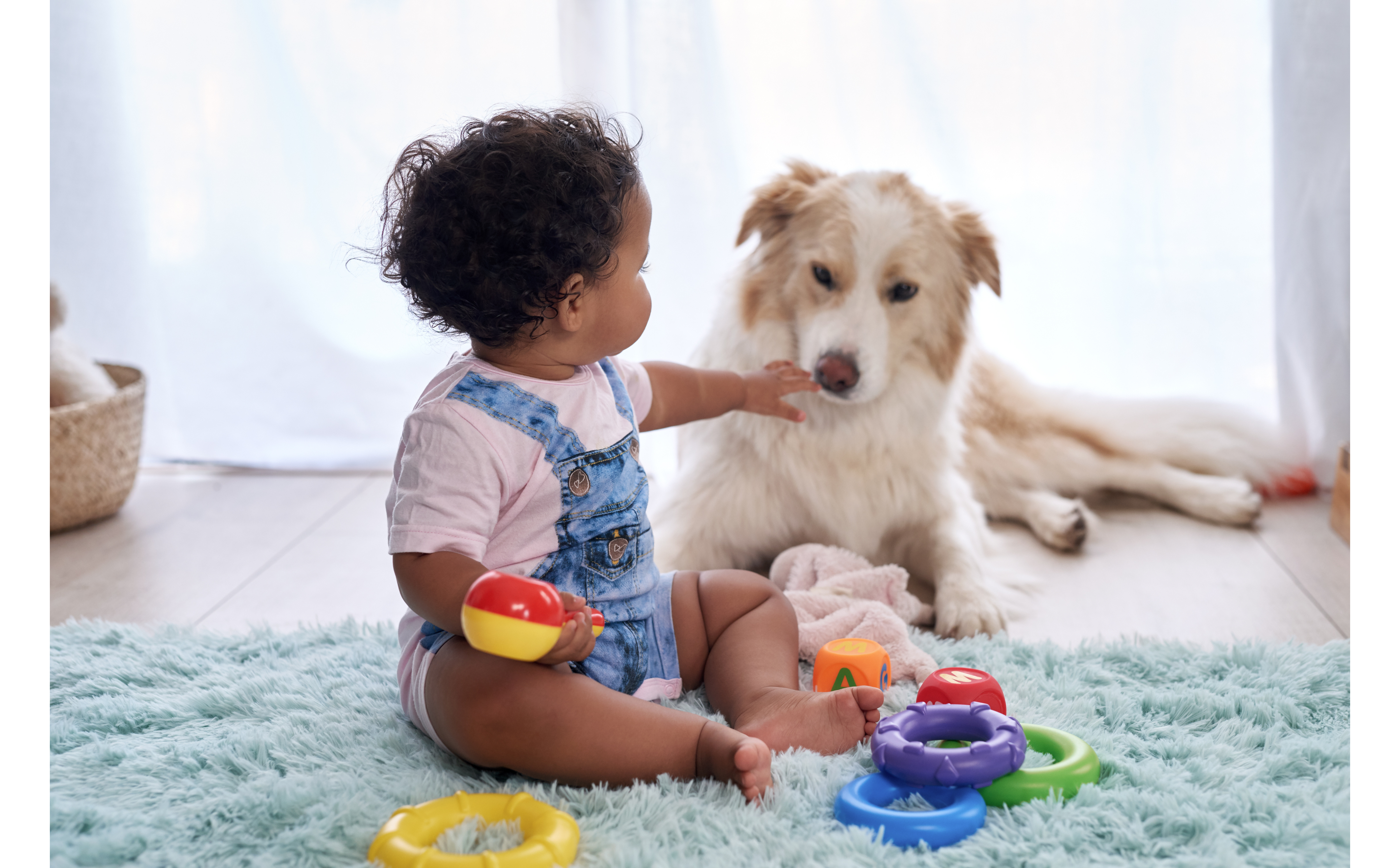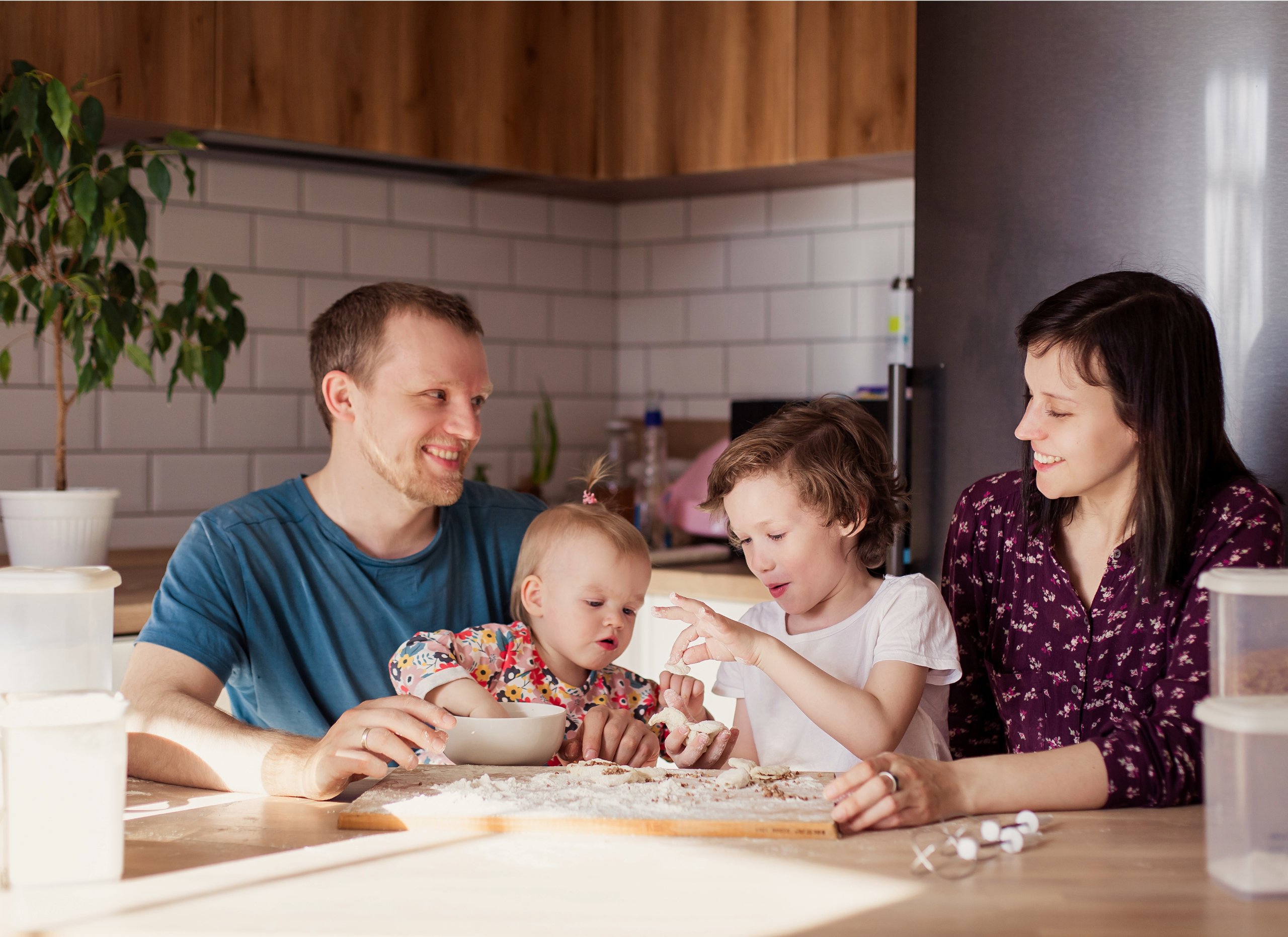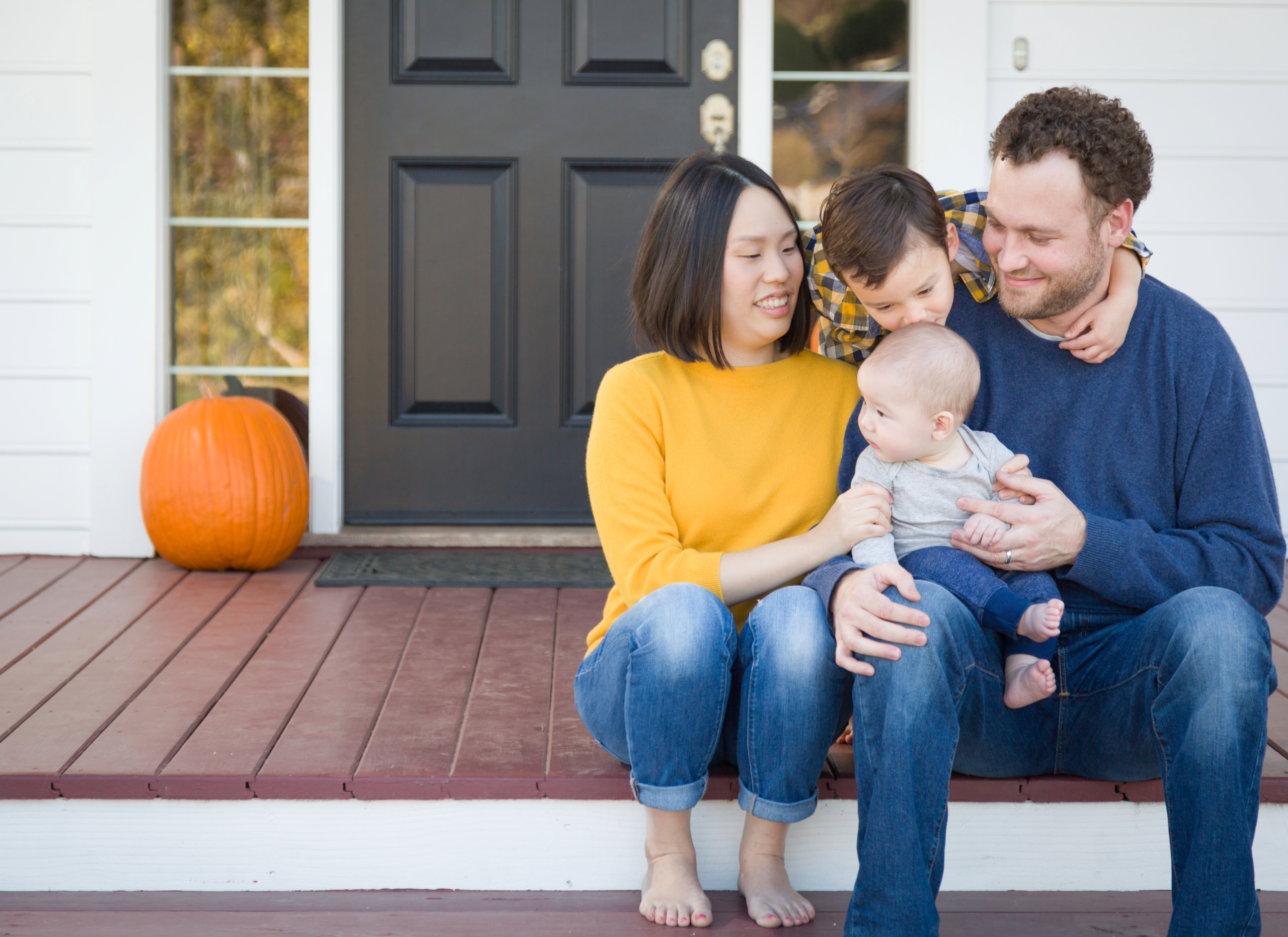How to Choose the Right Dog for your Family
“Can I have a dog?” is one of the more complicated wish list items on any child’s holiday and birthday list. Many of us have fond memories of growing up with Fido as our trusty companion, yet, as adults, we know bringing a puppy into the fold of a busy family is a big commitment.
There are many pros and cons, and it’s an excellent opportunity to do family homework. With today’s busy schedules, some important considerations are time commitments and lifestyle.
Bringing home an 8-week-old puppy is not dissimilar to having a new baby. They are little; they require constant supervision, direction, and training. And there is an adjustment period—your puppy is experiencing the big new world on his own, and your family is enamored with the puppy.
When the honeymoon is over, the companion you’ve chosen to be part of your life for the next 10 to 20 years, depending on the breed, is the right one.
The American Kennel Club, which registers over 200 breeds of dogs in the United States, has a detailed list of what they consider the top 10 best family dogs and their characteristics.
https://www.akc.org/expert-advice/lifestyle/best-family-dogs/
Here are a few things to consider about different types of dogs.

Toy dogs—like Yorkies, Maltese, Chihuahuas, and Toy Poodles—are great companion animals. They don’t need much exercise—a simple walk or a game of fetch- and they are good to go. If you travel a lot, they can almost everywhere. However, due to their size and delicate nature, they aren’t a great idea with small children. However, as companions, they don’t do well when they spend excessive time alone.

Herding dogs and working are great for an active family. This would include dogs like Australian Shepherds, German Shepherds, Boxers, and Corgies, to name a few. These dogs need lots of exercise, and in addition to walks, they need a job to do. After all, that’s what they were bred for; you will need to provide them with mental and physical stimulation.

Retrievers are the most well-known and the most family-friendly of the sporting breeds. After the initial puppy stage, with time and training, they are up to be great family dogs, active and content to be a constant companion.
Have a family meeting and review the following questions.
- As a family, start by narrowing down the characteristics of your ideal dog.
- What is your family schedule?
- Is someone home during the day? Or Is everyone gone all day?
- Are you an active family?
- Do you want a hiking buddy?
- Someone to run with?
- One that plays fetch on the beach?
- Are you more of a homebody?
- Do you want a snuggle buddy and lap warmer?
- Do you travel a lot?
- Will your pet travel with you?
- If not, where she s/he stay?
- If you haven’t had a puppy in many years or ever, are there good trainers nearby that you can work with?
Many family-friendly options are available to you, from working with a reputable breeder that will match you and your family to the right puppy after getting to know you or working with a shelter or rescue to adopt an older pet.

The benefits of having a dog when you have kids.
Bringing a pet into your family is a joyous experience for you and your kids. There will be lots of initial excitement in making the decision and even more excitement once s/he comes home. However, the best part is watching the bond form between your child (children) and your new fur family member.
Dogs are a great way for kids to learn responsibility. Typically, if your child has been asking for a pet, there will be some negotiating to ensure they are up for the responsibilities that come with it. Training, feeding, cleaning, walking, socializing. Taking care of another living being is a big step, and, of course, as the parents, you will be there to help with this process. Not only is the responsibility a considerable benefit, but kids with pets tend to be more compassionate through the learned process of caring for someone other than themselves.
You will see your kids embrace a healthier, more active lifestyle by playing with and exercising this new pet. The bond forming between them increases serotonin and dopamine from playing. At the same time petting your dog has been proven to lower cortisol (stress) levels. For kids who may struggle in school, their canine companion is a great reading buddy who will listen to them read without judgment.
When your kids are involved in family pet training, an activity as simple as teaching ‘sit’ or ‘shake’ will help build your child’s confidence and enhance their cognitive skills and self-confidence.







